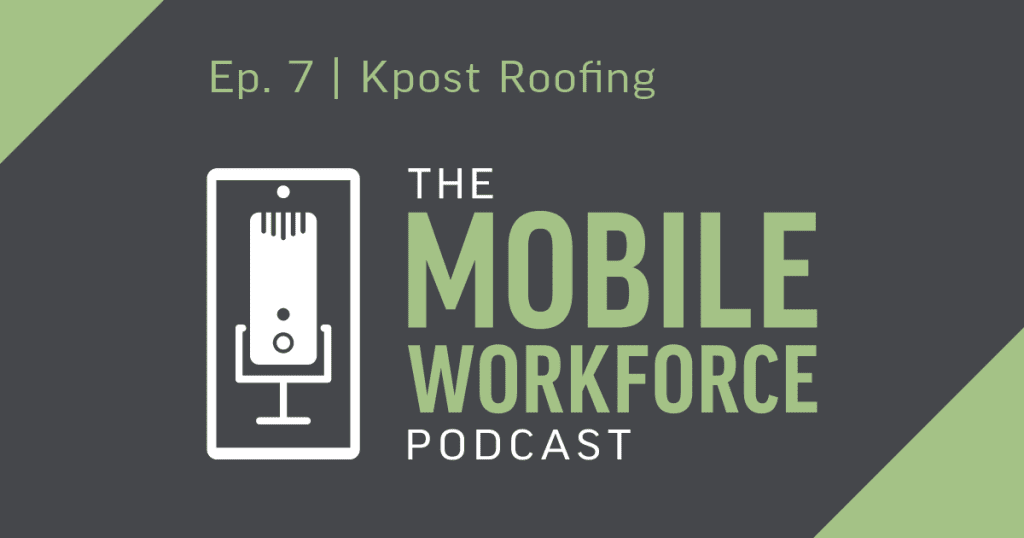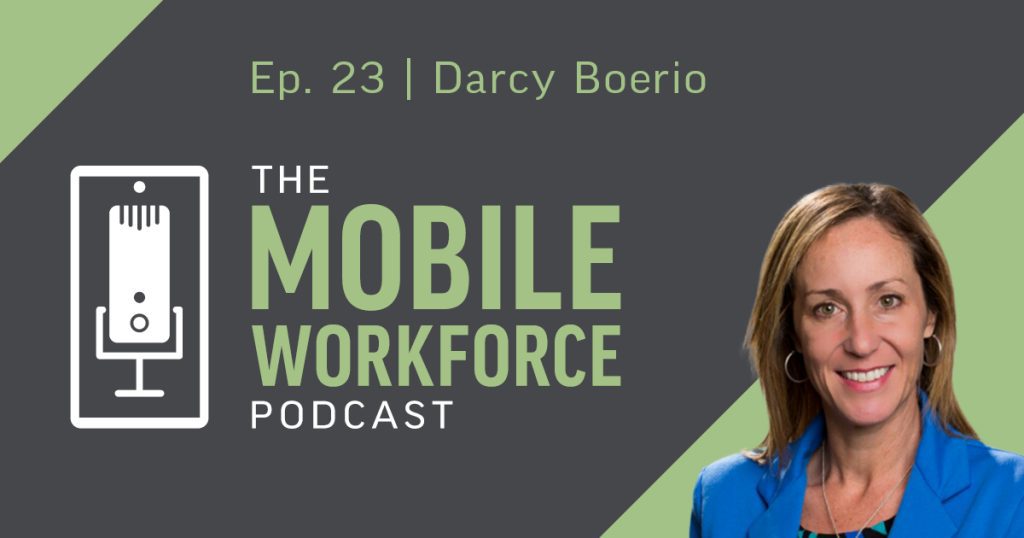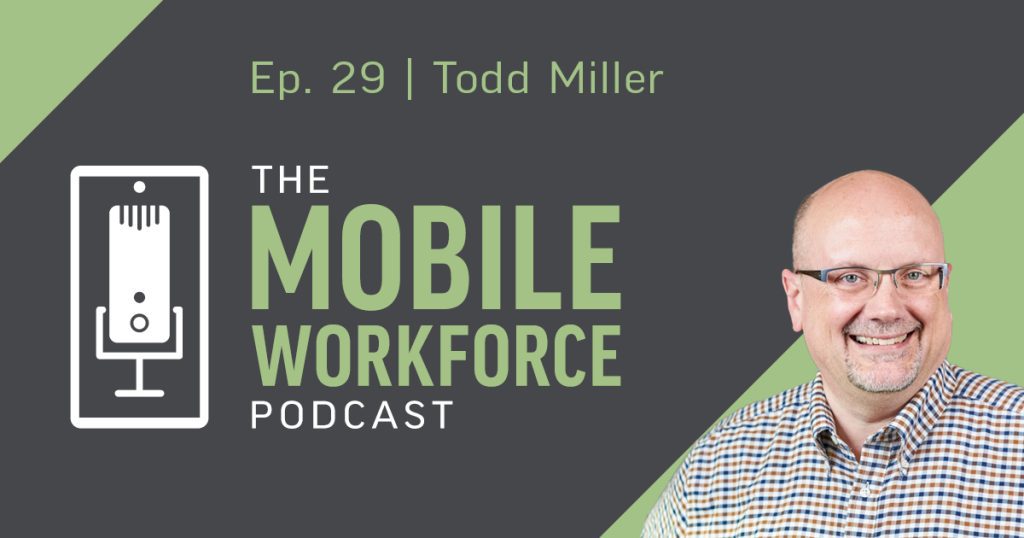September 23, 2022
Hiring, Supporting and Working with Military Vets
Most people would agree that our military veterans deserve our respect and honor but it can be confusing and intimidating to work with someone that has come out of years in the military into civilian life. The good news is Vets are hard-working, loyal and skilled employees who, when supported, can be your best workers. But how can you be the best support to your employees?
In this episode of the Mobile Workforce Podcast, we welcome Halsey Filbin, Operations Officer of USEFUZE onto the show to share the best strategies for vets to use as they are getting out of the military, the best ways to engage your veteran employees and what organizations are available to support contractors and their employees.
Key Takeaways:
- The transition from military life to civilian life is a process. Moving from the military structure into the civilian market is a dramatic one and a successful transition requires patience and understanding from employers and a plan from vets to ensure a healthy transition.
- Connect your military work with civilian needs on your resume. Connecting what you did in the military with what contractors are looking for in the civilian market is completely possible. The best thing to do is stop and look at the job requirements and connect what you did in the military that built the same skills and promote that on your resume. A good example is project management. Did you manage any programs or processes in the military… that’s the skill set right there!
- Veteran spouses also need support. There are a number of great organizations for veterans, and as these organizations continue to grow and mature they are realizing there is a second side to the equation the military spouses. The military spouse unemployment rate has been at 25%, almost four times the national average. Employment for spouses is a real challenge because it’s almost impossible for them to hold down that traditional nine-to-five job. The opportunities are increasing because of the movement towards more flexible work schedules.



